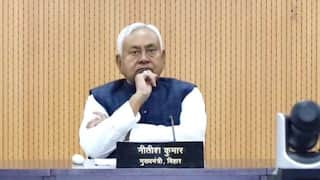Bose-Einstein Condensate, Nuclear Power Programme, Simputer – Breakthroughs In Science By Indians
Indian scientists have contributed to a multitude of breakthroughs, from crescograph to Simputer, and the discovery of the Bose-Einstein Condensate to the formulation of the nuclear power programme.

Over the decades, Indian scientists including Jagadish Chandra Bose, Satyendra Nath Bose, CV Raman, Meghnad Saha, Homi J Bhabha, Abhay Bhushan, and Subrahmanyan Chandrasekhar have done groundbreaking work in science. They have contributed to a multitude of breakthroughs, from crescograph to Simputer, and the discovery of the Bose-Einstein Condensate to the formulation of the three-stage nuclear power programme.
Following is a list of major breakthroughs in science by Indians.
Bose-Einstein Condensate
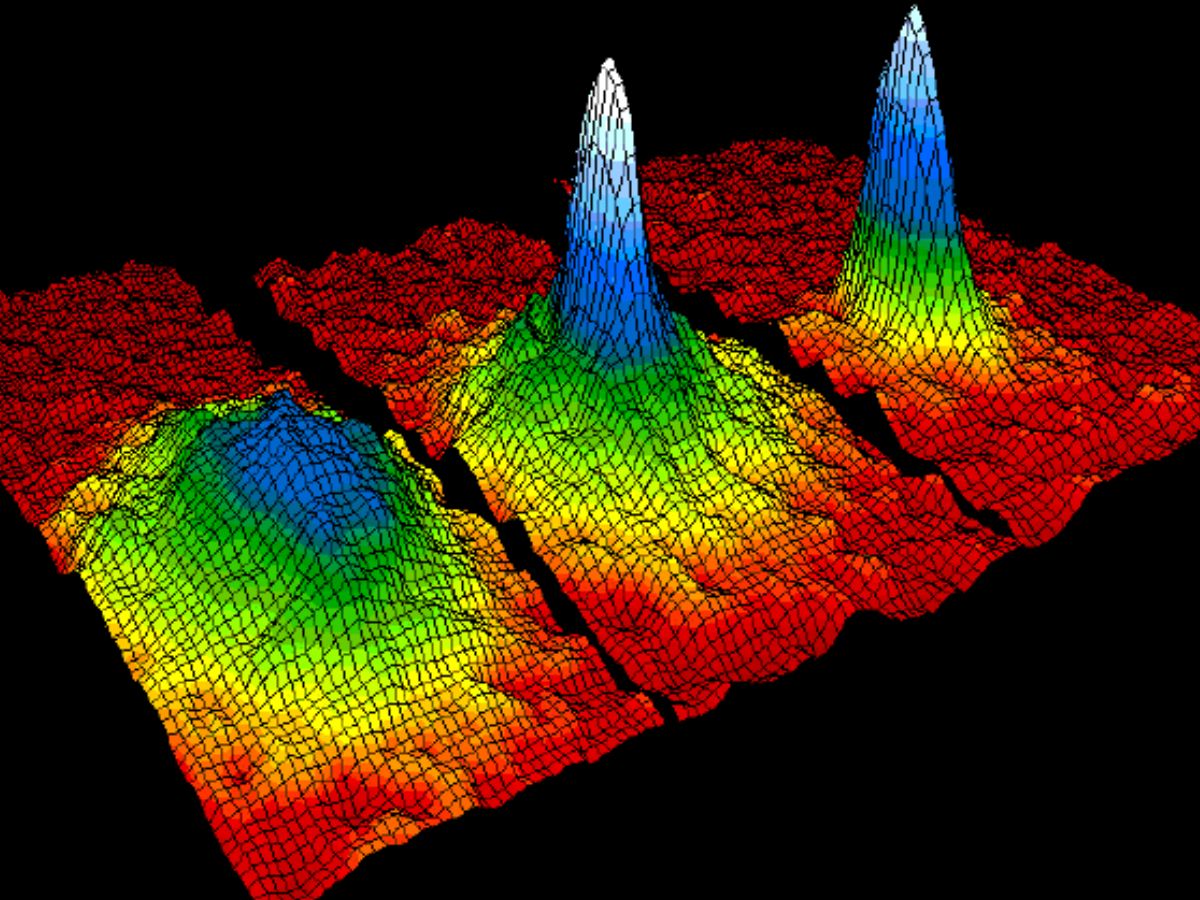
The Bose-Einstein Condensate is the most mysterious of the five states of matter. It is a state of matter in which separate atoms or subatomic particles, cooled to near absolute zero, merge into a single quantum entity. This is because at absolute zero, the atoms have almost no free energy and hence, are hardly moving relative to each other. Since they are hardly moving, they begin to coalesce, and enter the same energy states. The particles become identical from a physical point of view, according to an article published by Live Science. As a result, the whole group starts behaving as though it were a single atom.
In 1924, Albert Einstein predicted this state of matter on the basis of the quantum formulations by Indian physicist Satyendra Nath Bose. Bose, who was working on statistical problems in quantum mechanics, sent his ideas to Einstein.
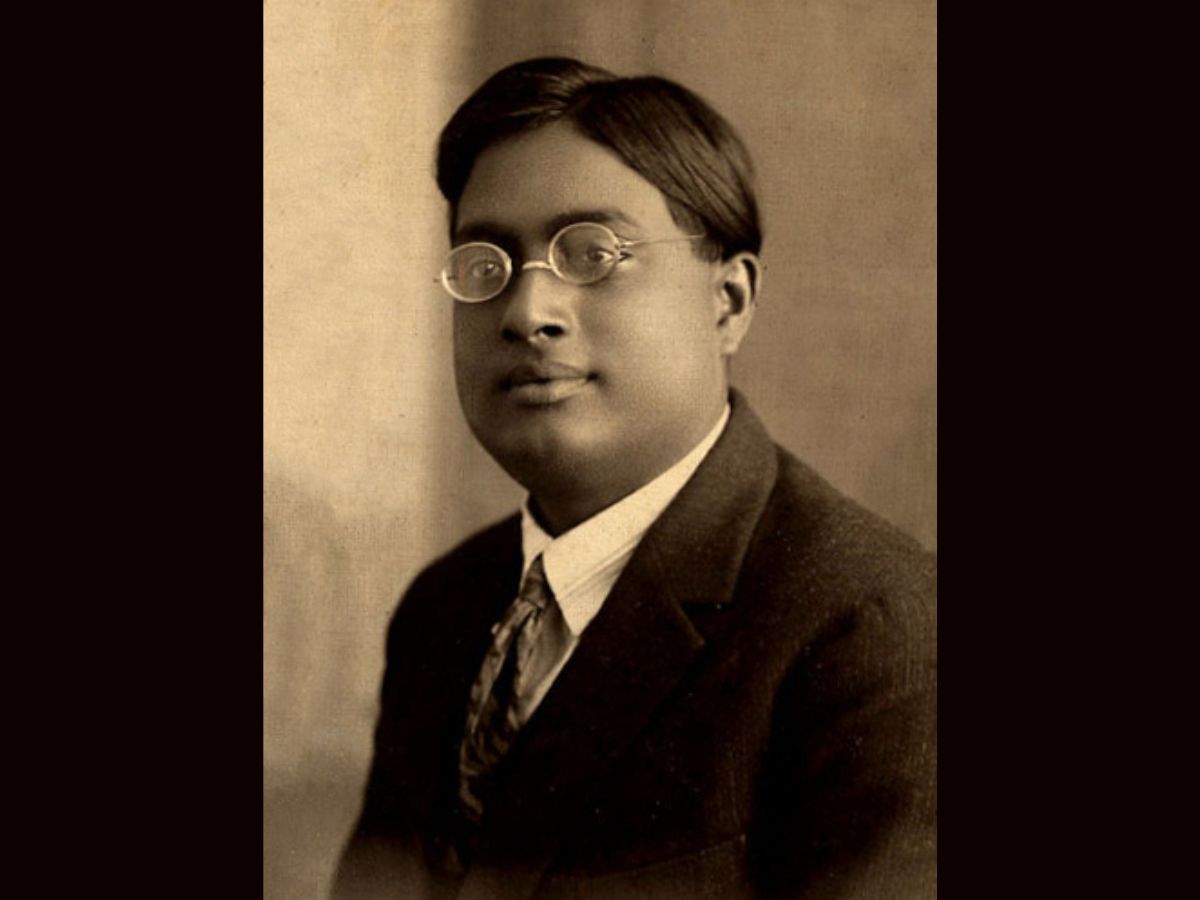
On June 4, 1924, Bose mailed a short manuscript titled 'Planck's Law and the Light Quantum Hypothesis' to Einstein. Bose sought Einstein's influence to get the manuscript published after it was rejected by the journal Philosophical Magazine.
Einstein got those ideas published, and found that Bose's mathematics, which went on to be known as Bose-Einstein statistics, could be applied to atoms as well as light. Bose-Einstein statistics refers to the statistics of a system where one cannot tell the difference between any of the particles. These particles are known as bosons.
Einstein predicted the Bose-Einstein condensate by applying Bose's principles on particles with mass.
In 1995, the first atomic Bose-Einstein condensate was made, when scientists Eric Cornell and Carl Wieman cooled a gas of rubidium atoms to a temperature almost equal to absolute zero.
Boson
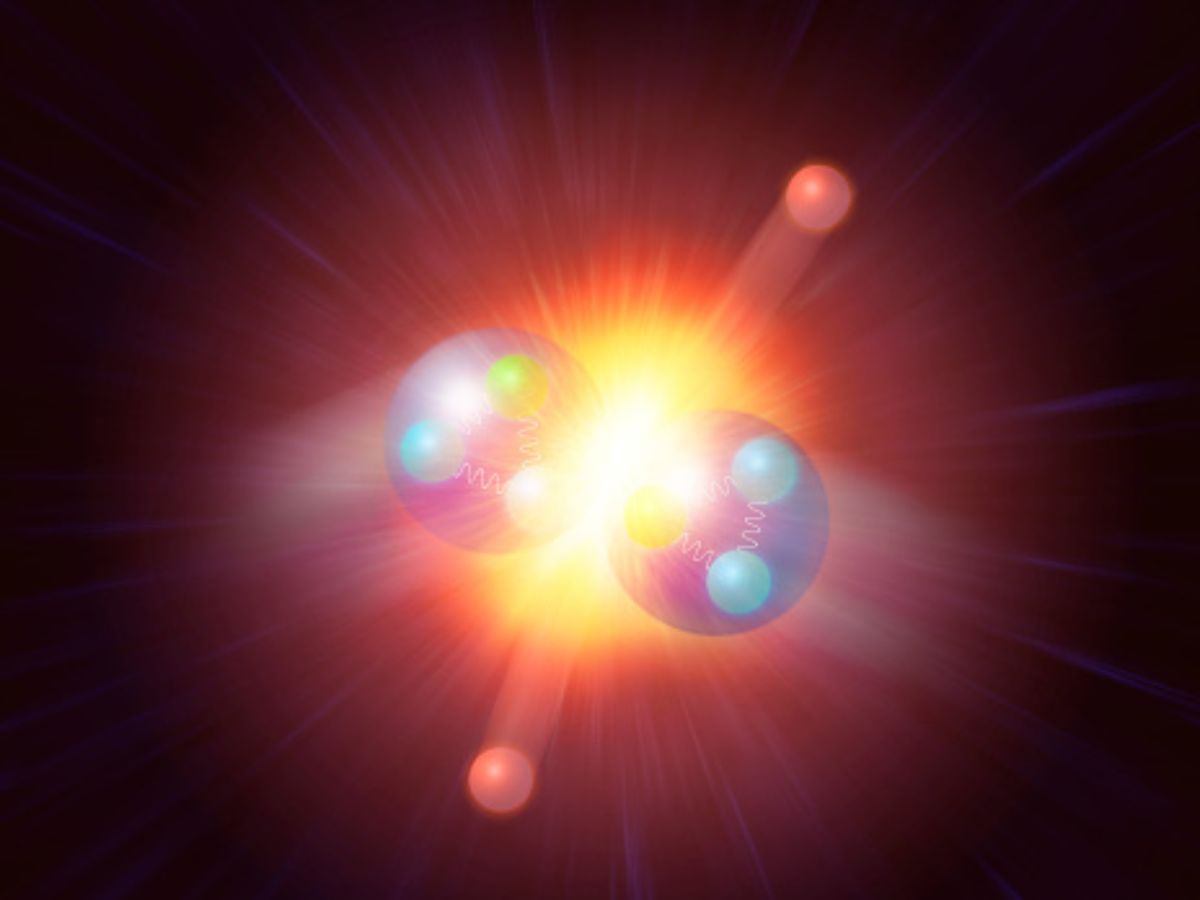
Based on their characteristics, all subatomic particles belong to two broad categories: bosons and fermions. Bosons are named after Satyendra Nath Bose who, along with Einstein, proposed a theory on the characteristics of such particles.
There are several types of bosons, and the Higgs boson is one of them. English physicist Paul Dirac had coined the term boson to commemorate the contribution of Bose. A boson is a subatomic particle that follows Bose-Einstein statistics.
ALSO READ | Ten Years Of God Particle Discovery: All About The Higgs Boson, Its Link To SN Bose | EXPLAINED
Crescograph
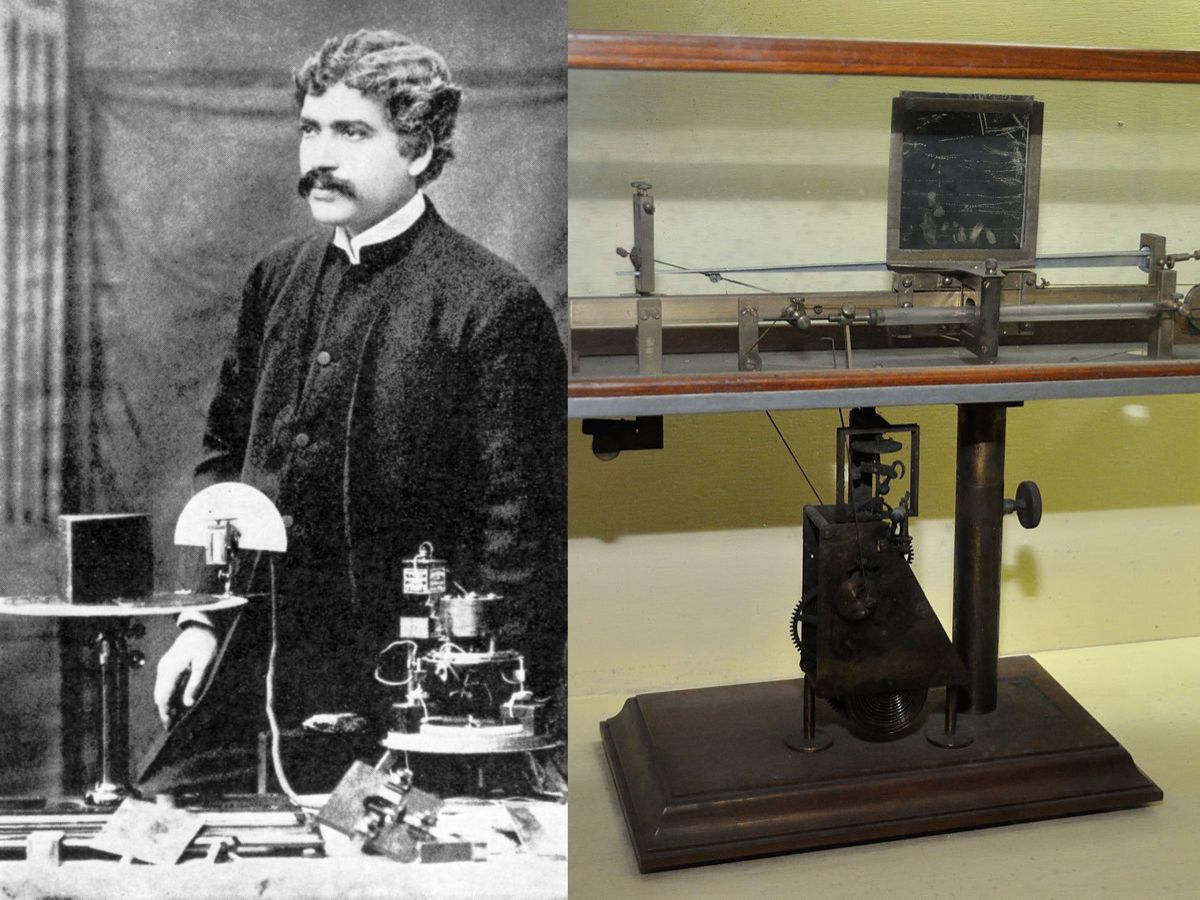
The crescograph is a device for measuring growth in plants, and was invented by Sir Jagadish Chandra Bose in the early 20th century. Bose used the device to determine environmental effects on vegetation.
The crescograph allowed scientists to discover how plants are affected by seasons and external stimuli.
Bose was the first person to study the action of microwaves in plant tissue.
Crystal Detector
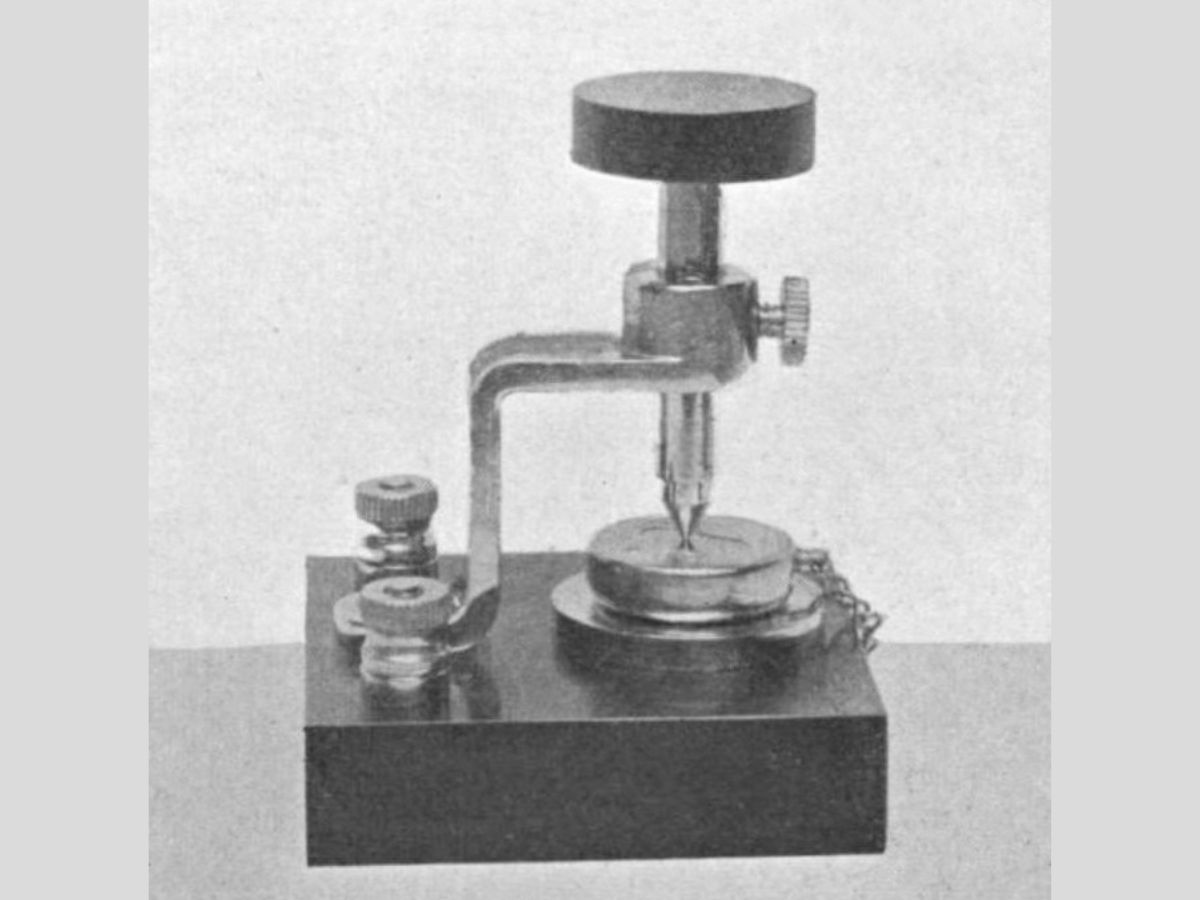
A crystal detector is an electronic component that was used in some early 20th century radio receivers. The device consists of a metal contact held against a piece of silicon in a particular crystalline state, and is used for detecting or rectifying Ultra-high frequency and super high frequency signals.
In 1894, Jagadish Chandra Bose used crystals as radio wave detectors in his microwave experiments. He first patented a crystal detector in 1901. Bose was the first Asian to be awarded a US patent.
Microwave Communication
In 1895, Jagadish Chandra Bose made the first public demonstration of microwave transmission. His revolutionary demonstration formed the foundation of the technology used in satellite communication, radios, mobile telephony, television broadcast, WiFi, and remote controls.
Bose invented an early version of wireless communication, and was a pioneer in bringing wireless signalling to life. He played a significant role in the development of modern radio and sonic technology.
ALSO READ: Tessy Thomas, Gagandeep Kang, Soumya Swaminathan — Saluting The Indian Women In Science
Use Of Galena Crystals
Jagadish Chandra Bose used Galena crystals, a natural mineral form of lead sulphide, for constructing radio receivers. Bose's Galena radio receivers were used to receive signals consisting of shortwave and ultraviolet light.
Raman Effect
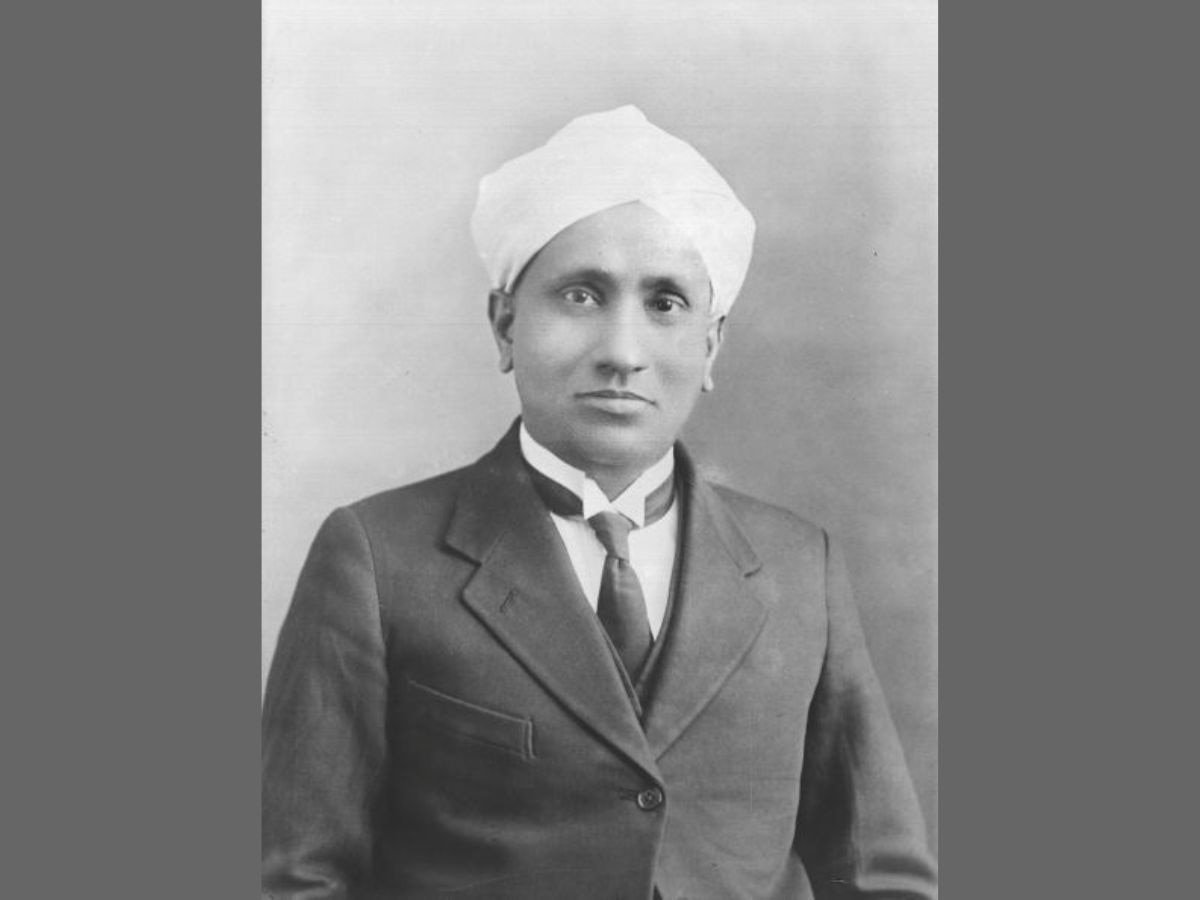
The Raman Effect is a phenomenon in spectroscopy (study of the absorption and emission of light and other radiation by matter, and the dependence of these processes on the wavelength of the radiation) discovered by Indian physicist Chandrasekhara Venkata Raman while working in the laboratory of the Indian Association for the Cultivation of Science, Kolkata.
CV Raman was awarded the 1930 Nobel Prize in Physics for his work on the scattering of light and for the discovery of the Raman Effect.
Raman announced the discovery of the Raman Effect on February 28, 1928. He was awarded the 1930 Nobel Prize in Physics "for his work on the scattering of light and for the discovery of the effect named after him".
ALSO READ: Rabindranath Tagore, CV Raman, Har Gobind Khorana — Indian Nobel Laureates And Their Achievements
Raman Effect is the change in the wavelength of light that occurs when a light beam is deflected by molecules. When a beam of light traverses a dust-free, transparent sample of a chemical compound, a small fraction of the light emerges in all directions other than that of the incident beam. The wavelength of most parts of the scattered light remains unchanged.
However, a small part has wavelengths different from that of the incident light. This phenomenon occurs due to the Raman Effect.
Saha Ionisation Equation
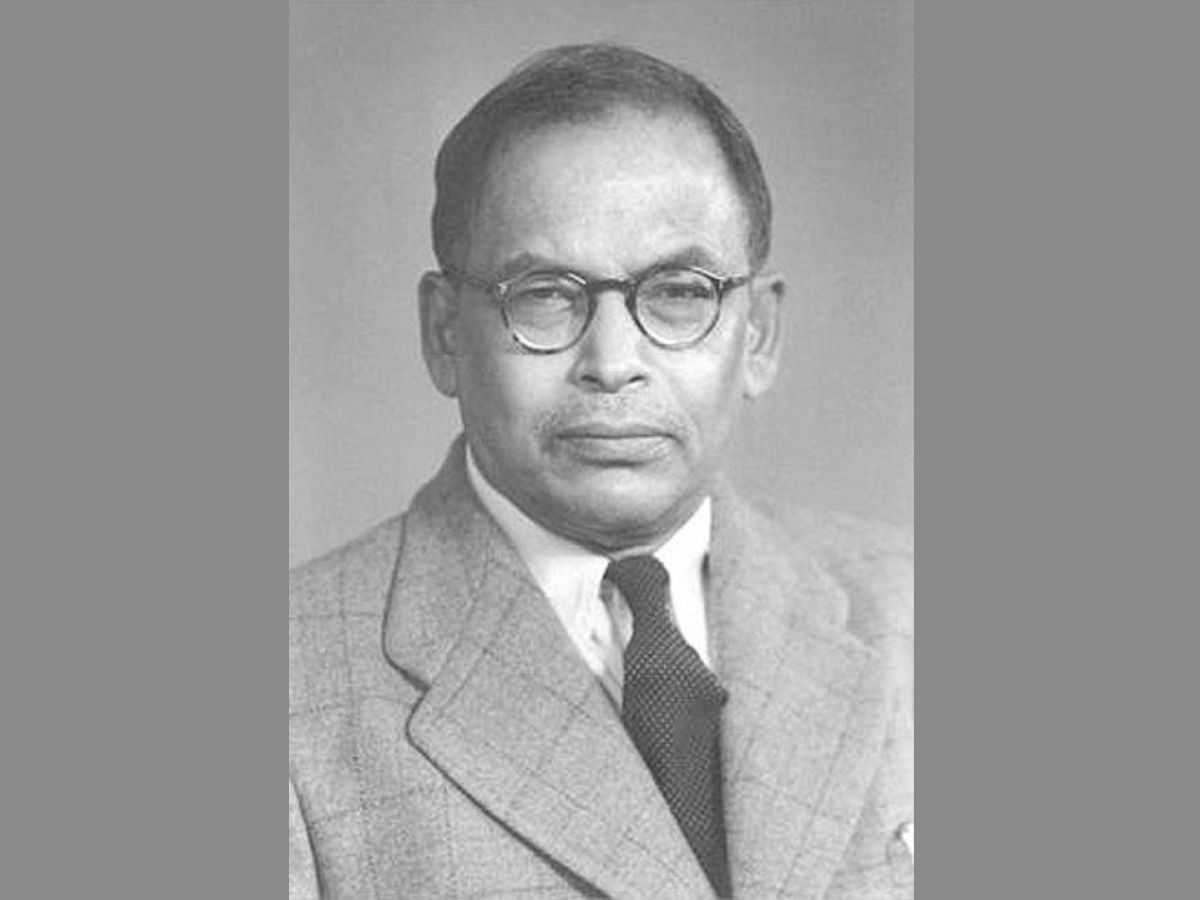
The Saha Ionisation Equation is a mathematical relationship between the observed spectra (intensity of light as it varies with wavelength or frequency) of stars and their temperatures. Indian astrophysicist Meghnad N Saha stated the equation for the first time in 1920.
The Saha equation expresses how the state of ionisation (process by which electrically neutral atoms or molecules are converted to electrically charged atoms or molecules called ions by gaining or losing electrons) of any particular element in a star changes with varying temperatures and pressures.
According to Britannica, the spectrum of a star is directly related to the relative number of atoms and ions the star contains. This is because each atom or ion can absorb or emit radiation of a particular set of wavelengths.
Three-Stage Nuclear Power Programme
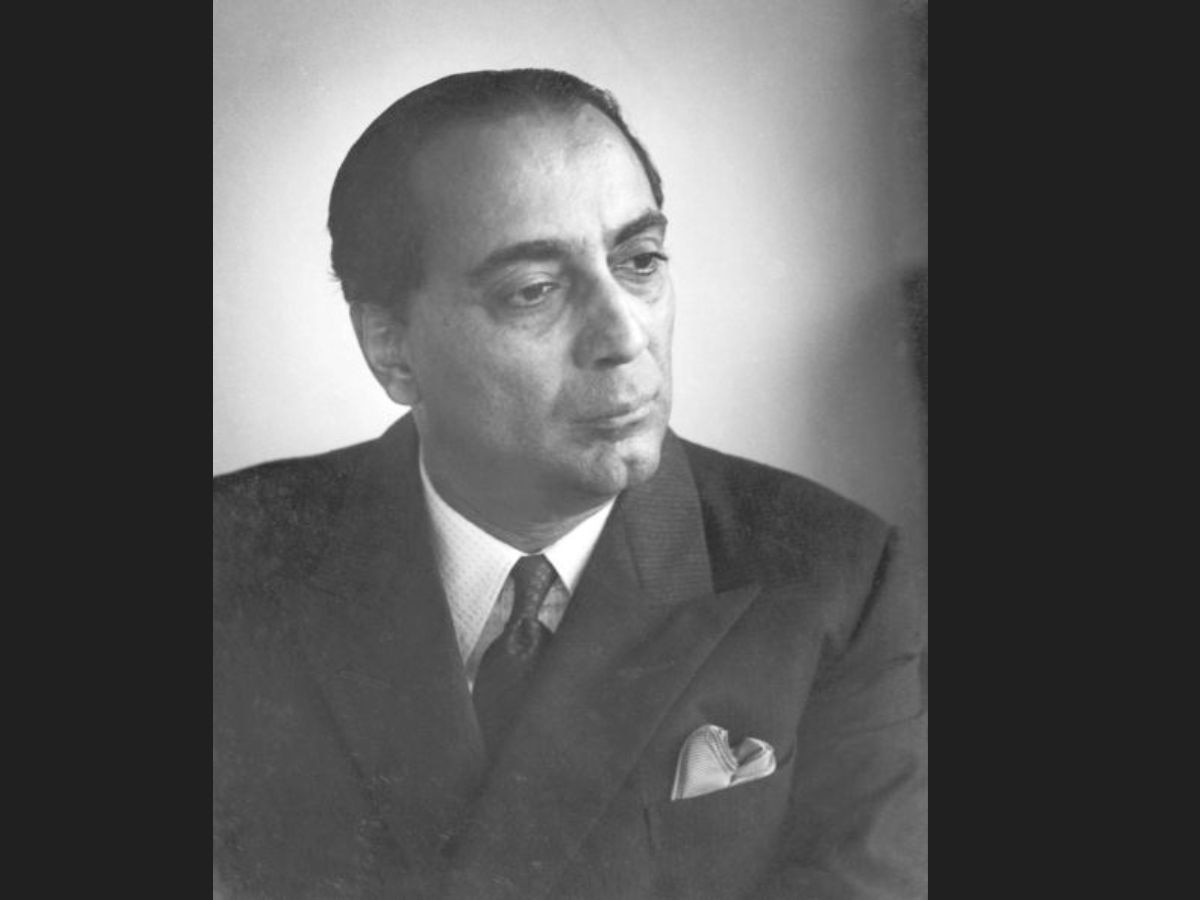
Indian physicist Homi Jehangir Bhabha formulated the three-stage nuclear power programme in the 1950s. Bhaba's aim was to secure India's long-term independence through the use of uranium and thorium reserves found in the monazite sands of coastal regions of southern India.
The focus of the programme was to enable the use of India's reserves of the radioactive metal thorium in order to meet the nation's energy requirements. Monazite powder is the primary source of the world's thorium.
India is the only developing nation to have indigenously developed, demonstrated, and deployed nuclear reactors for electricity generation, according to the Bhabha atomic research centre.
File Transfer Protocol (FTP)
File Transfer Protocol (FTP) is a standard internet protocol used for transferring files from one host to another on a computer network. Nowadays, it is easy to transfer files from one host to another due to the availability of multiple file-sharing programmes such as email, WhatsApp, and Telegram.
FTP was an early innovation that allowed the transfer of files between computer users on the same network.
FTP is used for transferring the web page files from their creator to the computer that acts as a server for other computers on the internet. This technology transferred data more reliably and efficiently.
In 1971, Indian computer scientist Abhay Bhushan wrote the FTP. Bhushan is also the author of the early versions of email protocol.
Chandrasekhar Limit And Chandrasekhar Number
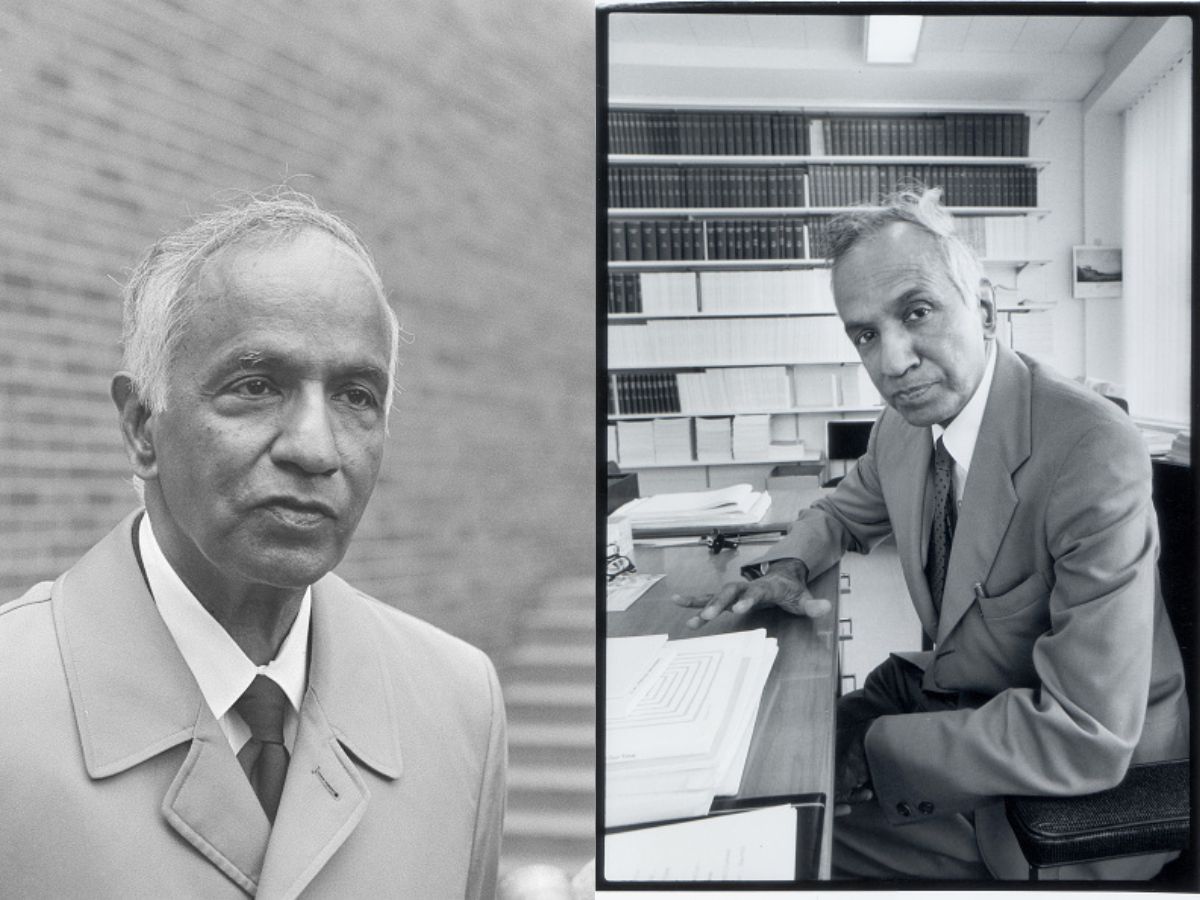
Indian astrophysicist Subramanyan Chandrasekhar discovered the Chandrasekhar limit and Chandrasekhar number.
The Chandrasekhar limit is the maximum mass theoretically possible for a stable white dwarf star, and the Chandrasekhar number is a dimensionless quantity used to represent the ratio of the Lorentz force (force exerted on a charged particle moving with a velocity through an electric field and a magnetic field) to viscosity.
Chandrasekhar showed that when the hydrogen fuel of a star of a certain size begins to run out, it collapses into a compact, brilliant star known as a white dwarf. He was awarded the 1983 Nobel Prize in Physics "for his theoretical studies of the physical processes of importance to the structure and evolution of the stars".
Both the terms Chandrasekhar limit and Chandrasekhar number are named after the Indian physicist.
Chandrasekhar discovered the calculation used to determine the future of a dying star. He found that if the mass of a dying star is less than the Chandrasekhar limit, it will shrink to become a white dwarf, and if it is greater than the Chandrasekhar limit, it will explode, and become a supernova.
Chandrashekhar used Einstein's special theory of relativity and the principles of quantum physics to show that it is impossible for a white dwarf star to be stable if its mass is greater than 1.44 times the mass of the Sun. If a white dwarf star does not completely exhaust its thermonuclear fuel, its limit mass may be slightly larger than the Chandrasekhar limit.
All direct mass determinations of actual white dwarf stars have found the masses to be less than the Chandrashekhar limit. A dying star with a mass greater than the Chandrashekhar limit either becomes a neutron star or a black hole.
Simputer

Simputer, which stands for "simple, inexpensive and multilingual people's computer", is a low-cost portable alternative to personal computers (PCs). It is a handheld computer developed in 1999 by seven scientists from the Indian Institute of Science, Bangalore, in collaboration with Bangalore-based firm Encore India.
A Simputer uses graphics and voice output to appeal to users in third-world countries with limited literacy, and contains a smart card reader for financial transactions.
The governments of several Indian states, the Indian Army, and several public and private organisations use the Simputer and its derivatives.
































